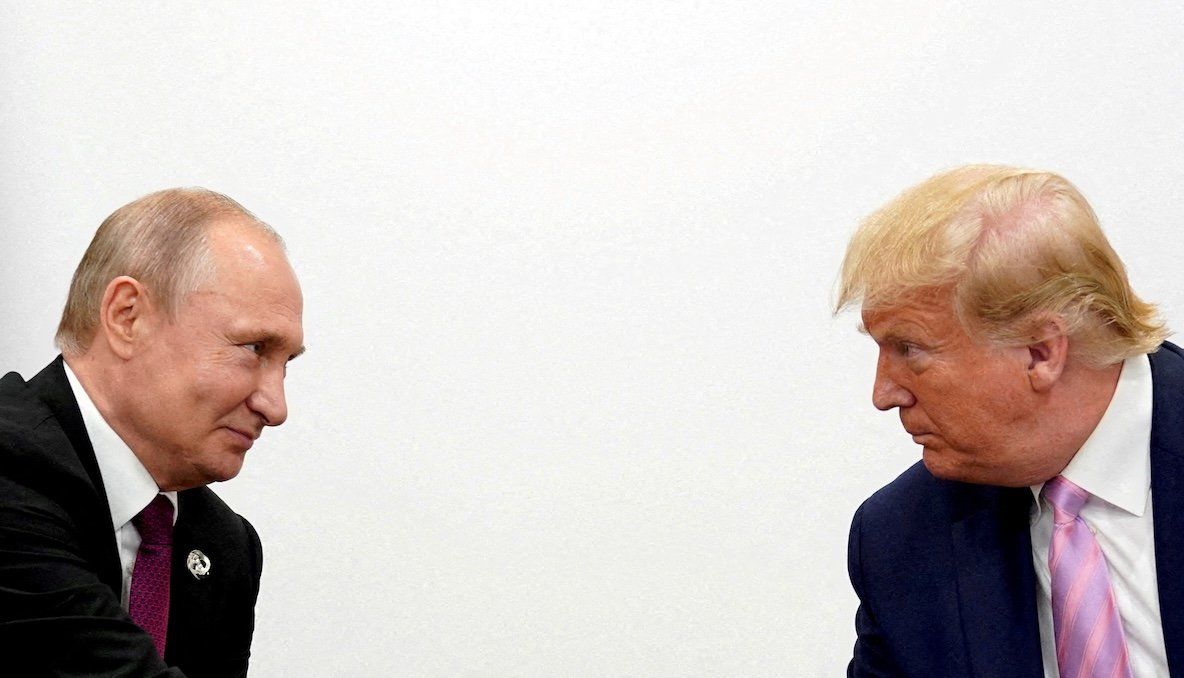Putin offered Trump a ceasefire that would halt attacks by either side on energy infrastructure, a frequent recent target of both Russian and Ukrainian long-range fire. The two sides would exchange prisoners, though it’s not yet clear which ones, and Trump and Putin agreed to begin bargaining over terms for safe shipping in the Black Sea. These are Russia’s conditions for a ceasefire.
A few minutes later, Trump posted on his Truth Social account that, during their “very good and productive phone call,” Putin had agreed to an “immediate Ceasefire on all Energy and infrastructure,” and that all sides would be “working quickly to have a Complete Ceasefire” and “an END to this very horrible war.”
This falls well short of the immediate cessation of fighting on land, sea, and air that Trump hoped to announce.
By agreeing last week to Trump’s no-preconditions ceasefire, Ukraine was able to push the diplomatic ball into Russia’s court. Putin has now slapped it back, and it’s not yet clear how the Ukrainian government will respond.
